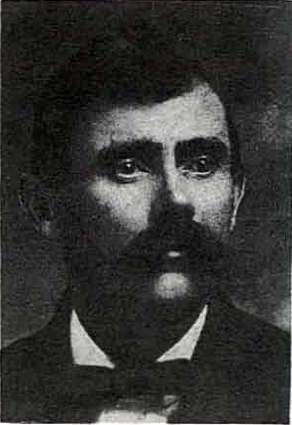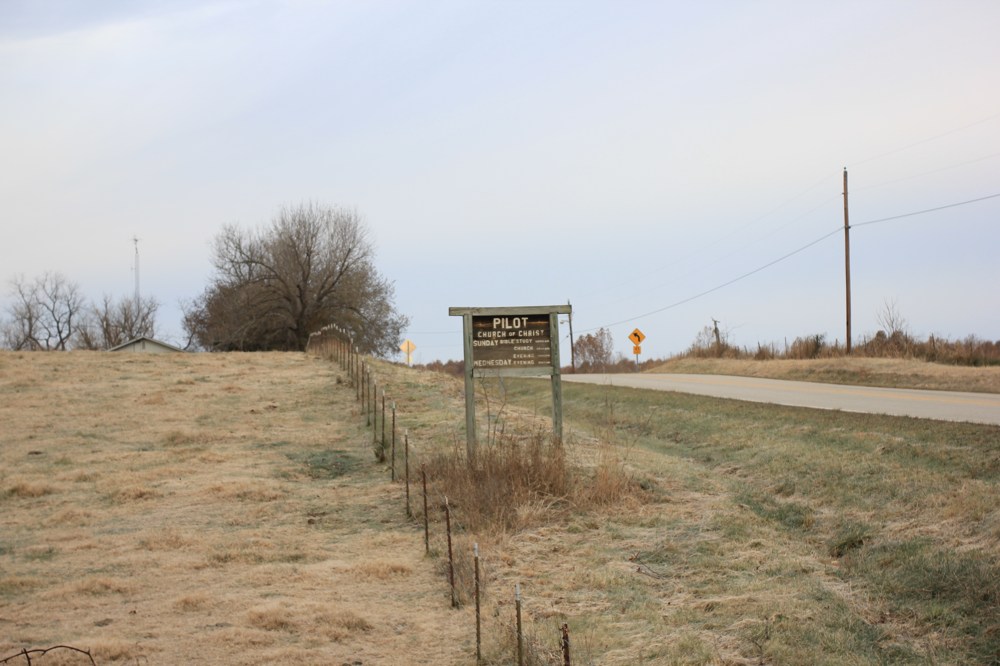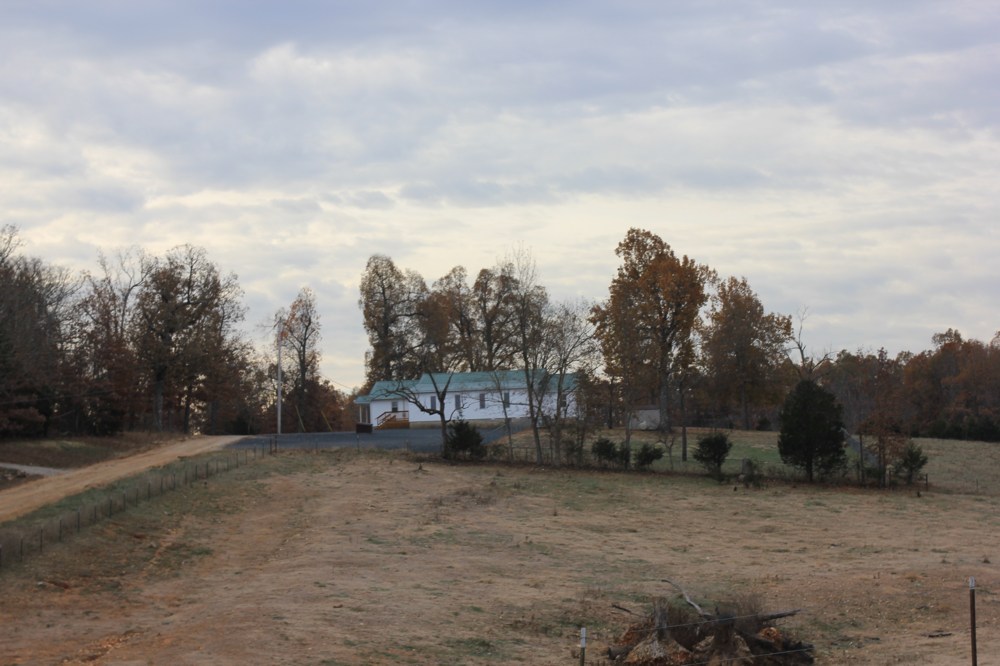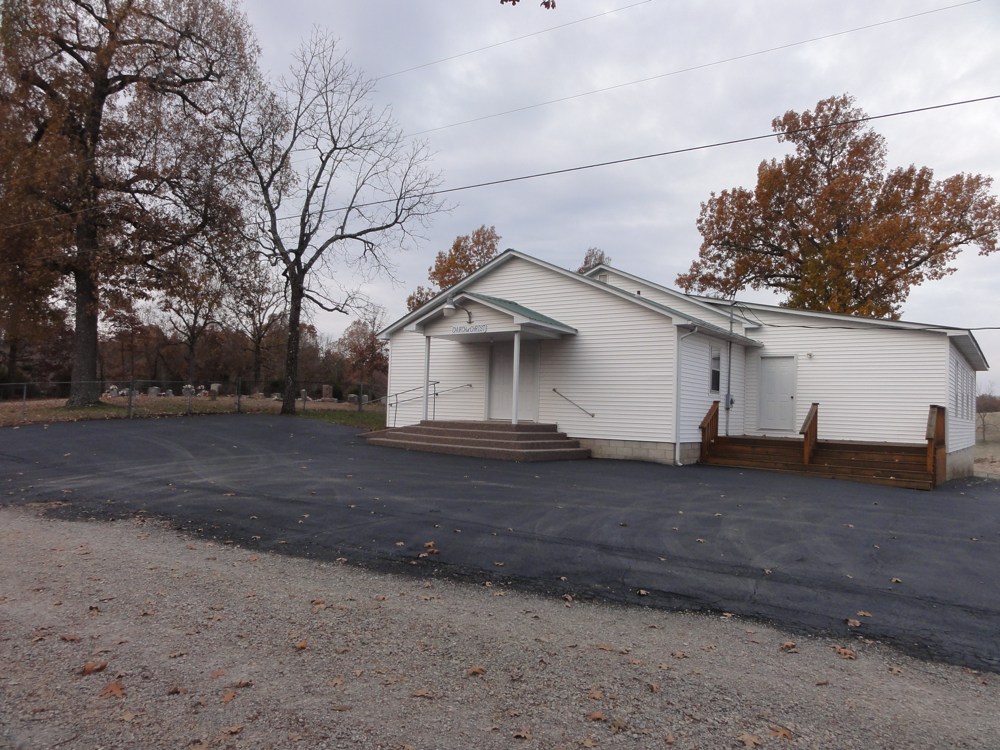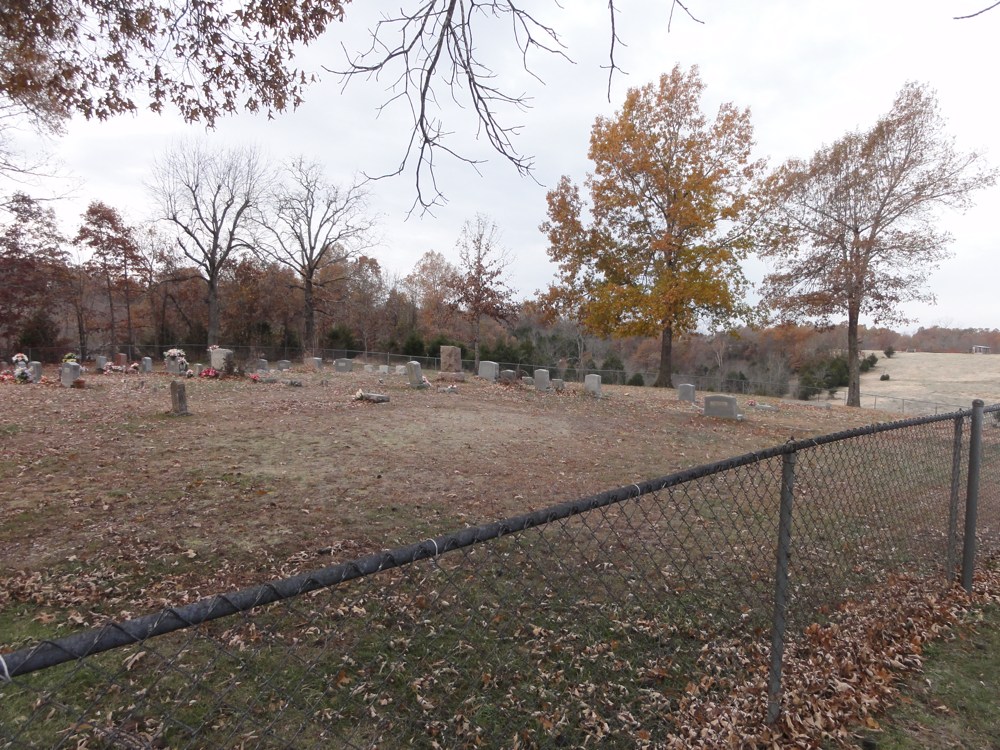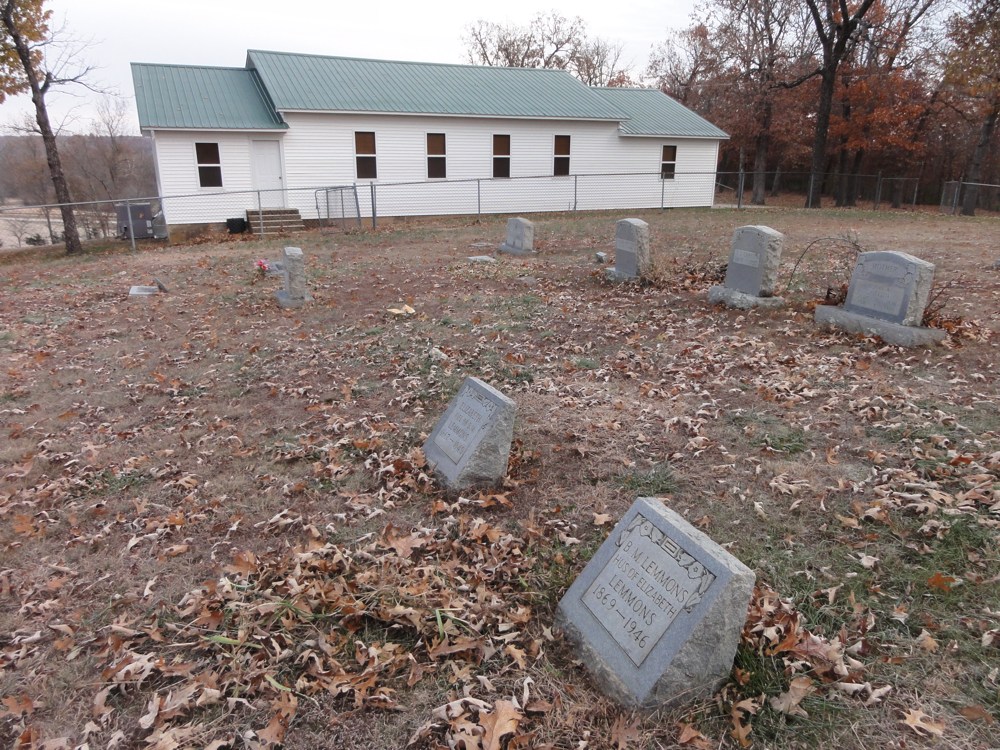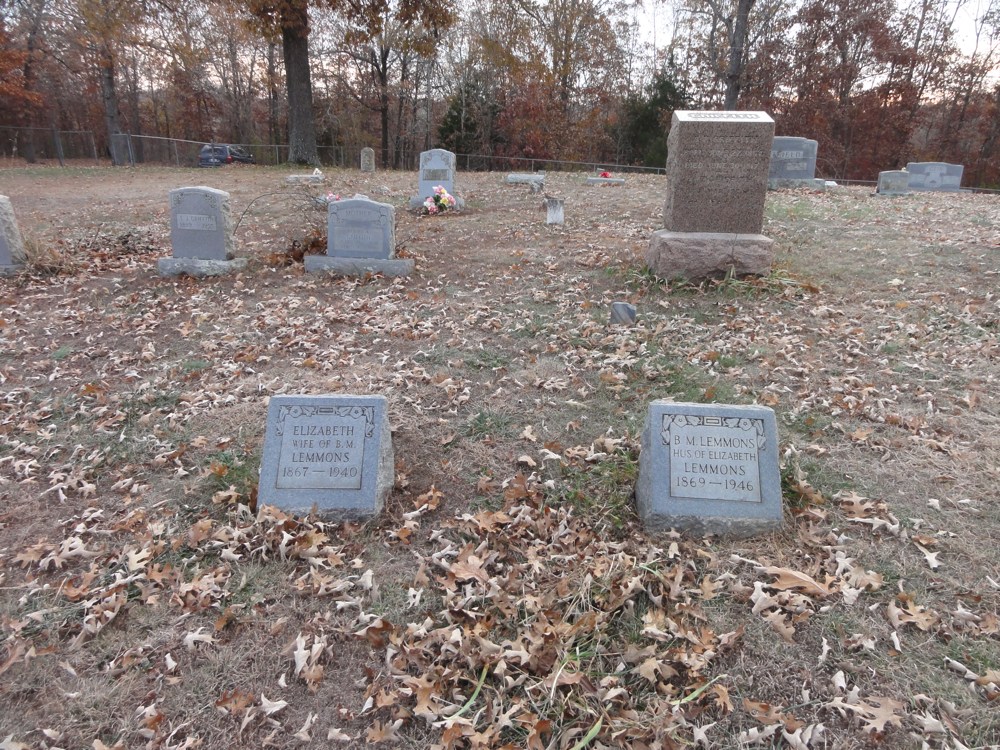Benjamin Monroe Lemmons
1870-1946
![]()
B.M. Lemmons
Brother Benjamin Monroe Lemmons was born in Randolph County, Arkansas November 29, 1870 into a family of which preaching became a common trait. Even then, he became the third generation of Arkansas preachers since the restoration movement began. His father, A. Josephus Lemmons, was one of the most successful evangelists in Arkansas and preached extensively in Arkansas and Missouri. His father died in 1895. His grandfather, John M. Lemmons, had preached the gospel for more than forty years, and Monroe was destined to preach for more than fifty.
Monroe began preaching as a young man around the age of 25, and at about the time of his father's death. When he had been preaching around ten years and in 1905 he moved to Fulton County, Arkansas. I treasure the memory of Brother B. M. (Monroe) Lemmons very much and was happy to count him among my choice friends. I have visited in his home and he has visited in mine. As a man his life, his habits, his speech was very clean. He opposed sin with all his being and was an extremely great exhorter. A portly man of medium build, he was of open countenance and looked the purity of life which he preached and exemplified. He was one of the most punctual men I have ever known I and it was my conviction that he never was late for anything in his life. He was among the first present for church services and usually a good hour early at the station when he had to catch a train.
Brother Lemmons could use the scriptures in a way of simplicity so that everyone could understand the meaning. Once Brother Joe H. Blue told me that he (Brother Blue) could go up the creek preaching and debating and convincing people, but Brother Lemmons and Brother Dave Hicks would follow him and baptize them. Not only Brother Blue but all the brotherhood held Brother Lemmons in the highest regard. He would be asked to return to the same places again and again. Dedicated to the cause of Christ, he would preach whenever the opportunity presented itself, whether it was in church houses, a school house, a brush arbor, or just under the stars. Nothing made him happier than to see people obey the truth which he persuaded them to do.
Once, under his preaching at Noland, Arkansas, then called Cherry Hill, the members felt the urge to confess their sins and rededicate their lives in greater service. One would affirm that he had committed such and such a sin, but before quitting the floor would name a companion at the service and lay the blame on him. The companian would then arise, confess his wrong, and name another. This passed through several when one brother, whose name I withhold, arose and said, "I want to confess what I done; I went down to Pocahontas and got big sailin' drunk and warn't nobody to blame but me." Brother Lemmons avowed he made the best confession of the lot.
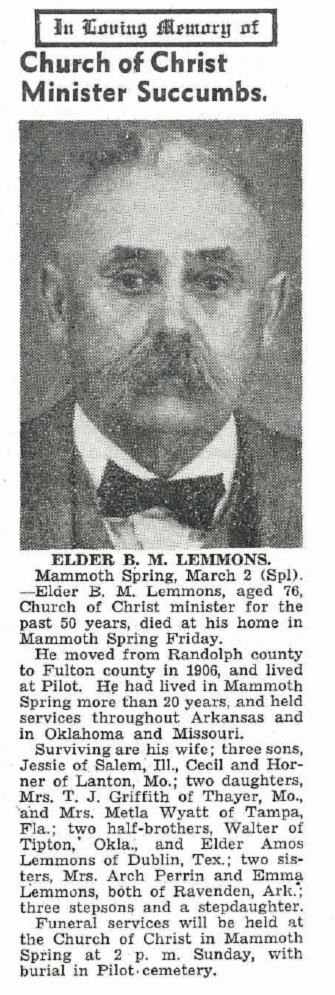 Preachers in his day preached by monthly appointments and most of his were reached by horseback. Some people hated the truth with a violence not usually displayed now. Straight preaching brought many warnings of various types to this soldier of the cross. Such a warning came to him from a woman on one of his appointments at Bald Knob (near Mammoth Spring, Arkansas). He was told that if he came back to his next appointment there, that she would be where he crossed the creek with a shotgun and he would never get across. He thought it rather amusing, but his family did not. When the Lord's Day for the appointment came, he saddled his horse and started for Bald Knob. He reassured his family saying: "I am not one bit afraid I can't cross the creek." Sure enough on the creek sat the woman with her shotgun on her lap. Brother Lemmons never hesitated or stopped at all. He just rode on across the creek. Not a word was said or a shot fired. He preached as usual.
Preachers in his day preached by monthly appointments and most of his were reached by horseback. Some people hated the truth with a violence not usually displayed now. Straight preaching brought many warnings of various types to this soldier of the cross. Such a warning came to him from a woman on one of his appointments at Bald Knob (near Mammoth Spring, Arkansas). He was told that if he came back to his next appointment there, that she would be where he crossed the creek with a shotgun and he would never get across. He thought it rather amusing, but his family did not. When the Lord's Day for the appointment came, he saddled his horse and started for Bald Knob. He reassured his family saying: "I am not one bit afraid I can't cross the creek." Sure enough on the creek sat the woman with her shotgun on her lap. Brother Lemmons never hesitated or stopped at all. He just rode on across the creek. Not a word was said or a shot fired. He preached as usual.
Again, while holding a meeting under a brush arbor, he was told not to appear the next night or he would be rotten egged. This had no effect on this great preacher who believed there was no greater work on earth than preaching the gospel. He was present and preached, and they abused him by throwing rotten tomatoes instead of the promised rotten eggs. The tomatoes didn't hurt and he refused to allow his personal pride to stop him, so he just continued to 'preach the word,' as he had before the abuse. The minister didn't expect to be paid enough for him and his family's support. His particular tentmaking to live was farming. When appointments were too far to be reached Sunday morning, he ceased his plowing at noon on Saturday, either caught the train or saddled his horse and took off. He would try to be back by Monday noon to start work again.
Can you imagine a gospel preacher being faced with an issue in the church on whether or not Christians MUST meet every first day? Brother Tom Griffith, his son-in-law, told me about this. Brethren at the afore mentioned Bald Knob Church had advised new converts to attend every Sunday that it was convenient, not that they were to believe they had to come but that they should. This distressed the good preacher brother beyond end. After lunch, he engaged his son-in-law asking, "Tom, where do you stand on first day meeting?" Tom replied that he stood on just what the Bible said. Brother Lemmons answered, "I do too," settled by his stand and his firm preaching.
Straightforwardness brought several practical jokes upon preachers in a day when a joke became a conversation piece for weeks. Several were played upon this beloved speaker, but the best of all he played upon himself, and received much mild teasing. He carried his handkerchief in his coat pocket and preachers wore coats in that day, though electric fans and air conditioners were unknown. His wife had put her hose in his coat pocket and he had failed to remove them. Imagine his consternation and the audience's joy when, to his amazement, instead of his handkerchief to wipe his brow, he drew and strung out the hose before all. He took the kidding good naturedly enough. All was not complete solemnity.
On the first Lord's Day in January 1948, he stood in the pulpit for the last time. When stricken with illness, the brotherhood remembered him. He began to get small amounts of money from far and near. Though none was for more than ten dollars, the many small gifts delighted and sustained him, meaning sacrifices had not been forgotten. On Friday, March 1, 1946 his spirit flew away to the everlasting arms. Funeral services were conducted at Mammoth Spring, Arkansas, where he lived for twenty years, on the first Sunday in March, exactly three months since he last stood and preached. The body was interred in the Pilot cemetery, in the community, where, before Mammoth Spring, he had lived for a quarter of a century. The grave is well marked. I have visited it many times.
-Boyd E. Morgan, Arkansas Angels, pages 50-52.
![]()
Directions To The Grave of Benjamin M. Lemmons
The Hulett family plot is located in the Barnes Cemetery in a very rural part of Northern Arkansas. From Little Rock, head north on Hwy. 167. Continue through Bald Knob, north on Hwy. 167, through Batesville. At Ash Flat, turn left (west) on Hwy. 412. Just out of town turn right on Hwy. 289 and head several miles north. If you cross Myatt Creek, you've gone too far. Turn right on Pilot Church Rd. At the church enter the cemetery, and head toward the rear, in line with the back of the church building, begin looking for the Lemmons family plot.
GPS Location
36°24'14.3"N 91°34'59.3"W
pr D.d. 36.403958, -91.583130
![]()
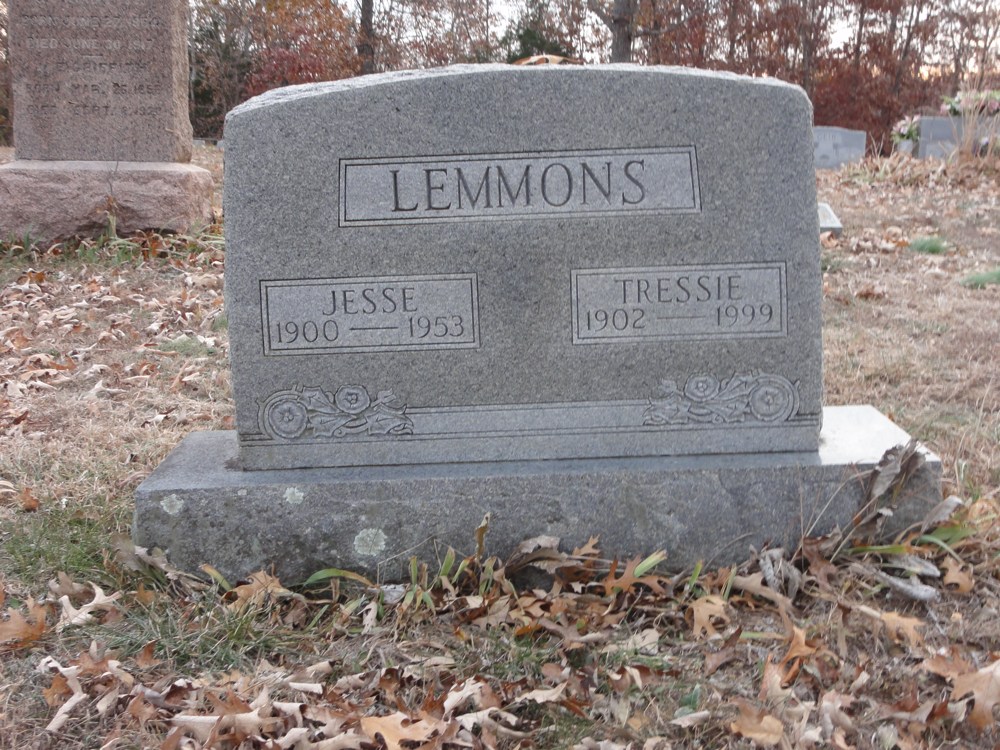
LEMMONS
Jesse - 1900-1953
Tressie - 1902-1999
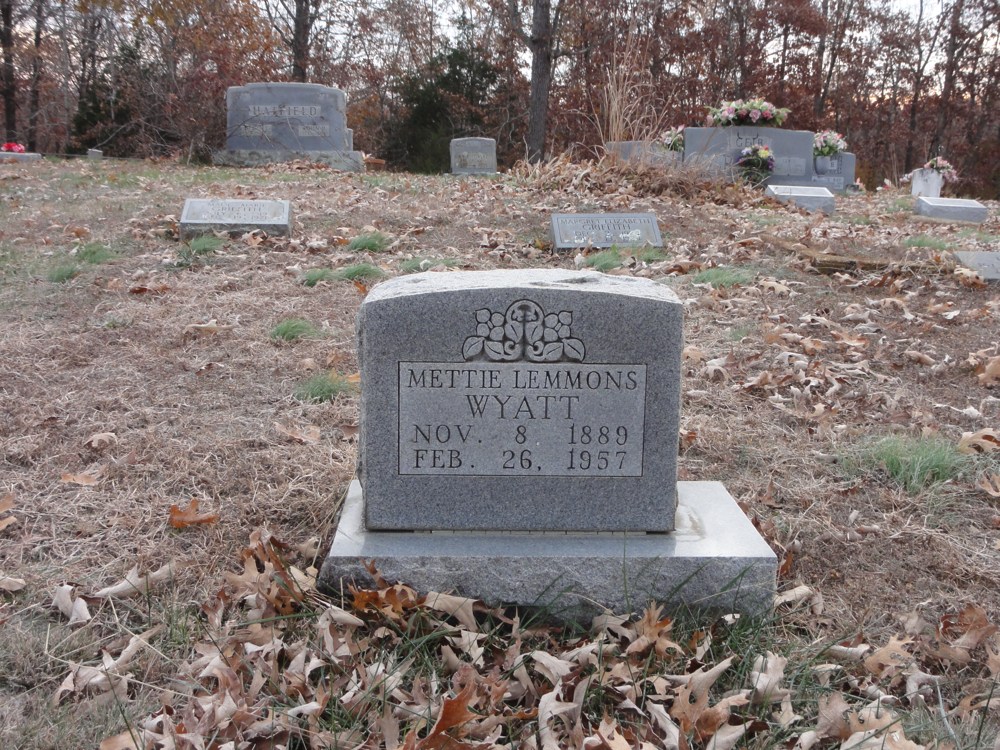
Mettie Lemmons Wyatt
November 8, 1889
February 26, 1957

Elizabeth
Wife of B.M.
Lemmons
1867-1940
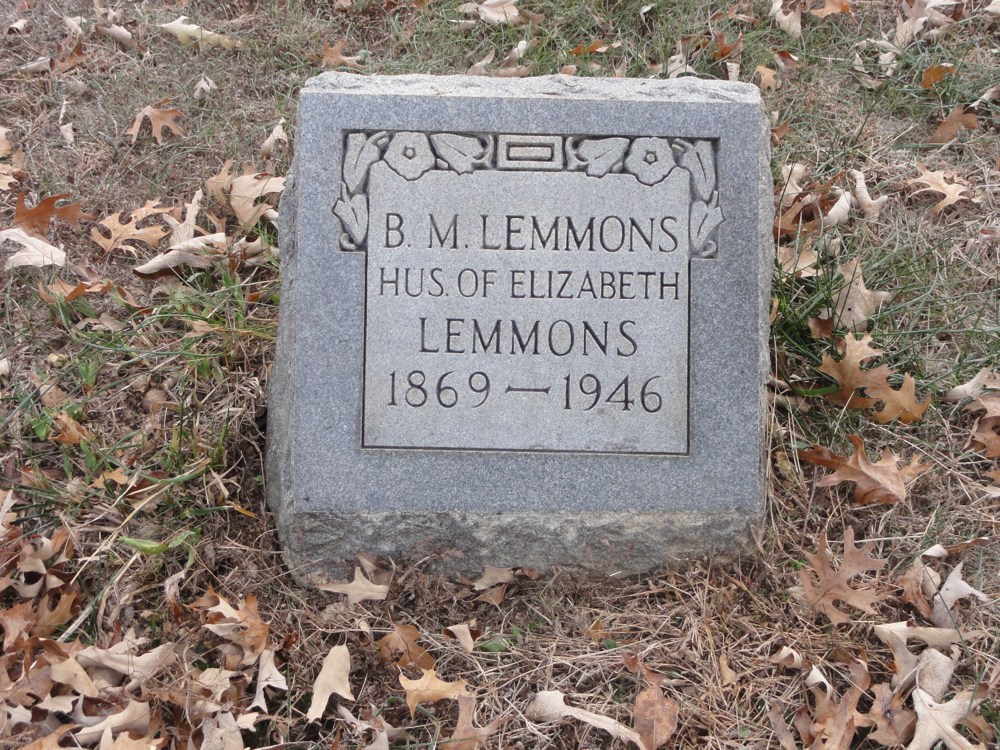
B.M. Lemmons
Hus. of Elizabeth
Lemmons
1869-1946
![]()
Photos Taken 11.15.2014
Webpage Produced 04.29.2015
Courtesy of Scott Harp
www.TheRestorationMovement.com
**Special thanks to Tom L. Childers and Charlie Wayne Kilpatrick for assisting in the burial location. They, along with your web editor, took a trip into northern Arkansas to find the graves of gospel preachers of yesteryear in November, 2014. We traveled together three days and located the final resting places of nearly forty preachers and their families. It was a great trip. Many of the personalities we researched were chronicled in Boyd E. Morgan's book, Arkansas Angels, or later in Dr. Michael L. Wilson's book, Arkansas Christians: A History of the Restoration Movement in Randolph County, 1800-1995
![]()
